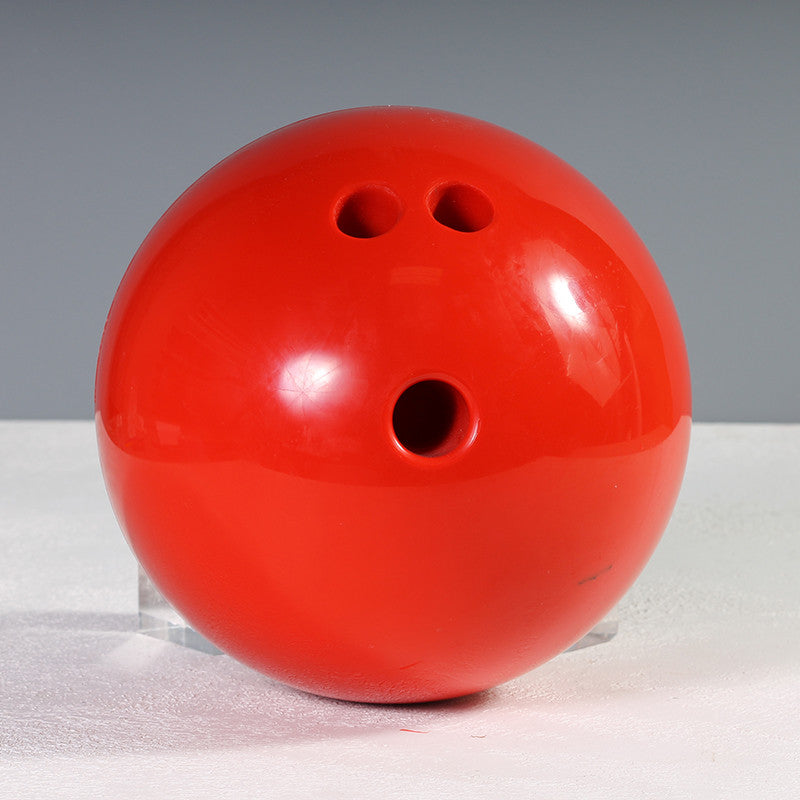Factors to Consider When Choosing a Bowling Ball
Weight and its Impact on Performance
The weight of a best bowling ball affects both control and power. Choose a weight that fits your strength. For most adults, balls range from 12 to 16 pounds. A heavier ball can generate more pin action but requires strong handling. Lightweight balls are easier to control but may lack impact power. Test different weights to find the perfect balance for your game.
Coverstock Options and Their Effects
The coverstock determines grip and lane interaction. Common materials include plastic, urethane, and reactive resin. Plastic coverstocks are suited for straight shots and dry lanes. Urethane provides better control and moderate hook potential. Reactive resin enhances the ball’s ability to hook and performs well in oily conditions. Consider the lanes you bowl on to pick the right coverstock.
Core Types and How They Influence Ball Motion
The core is the inner part of the ball, controlling its motion. Symmetrical cores offer smoother, more controllable movements. Asymmetrical cores generate sharper hooks and dynamic finishing action. Beginners might prefer symmetrical cores for consistency. Advanced players can use asymmetrical cores to customize ball dynamics. Match your skill level to the core type.
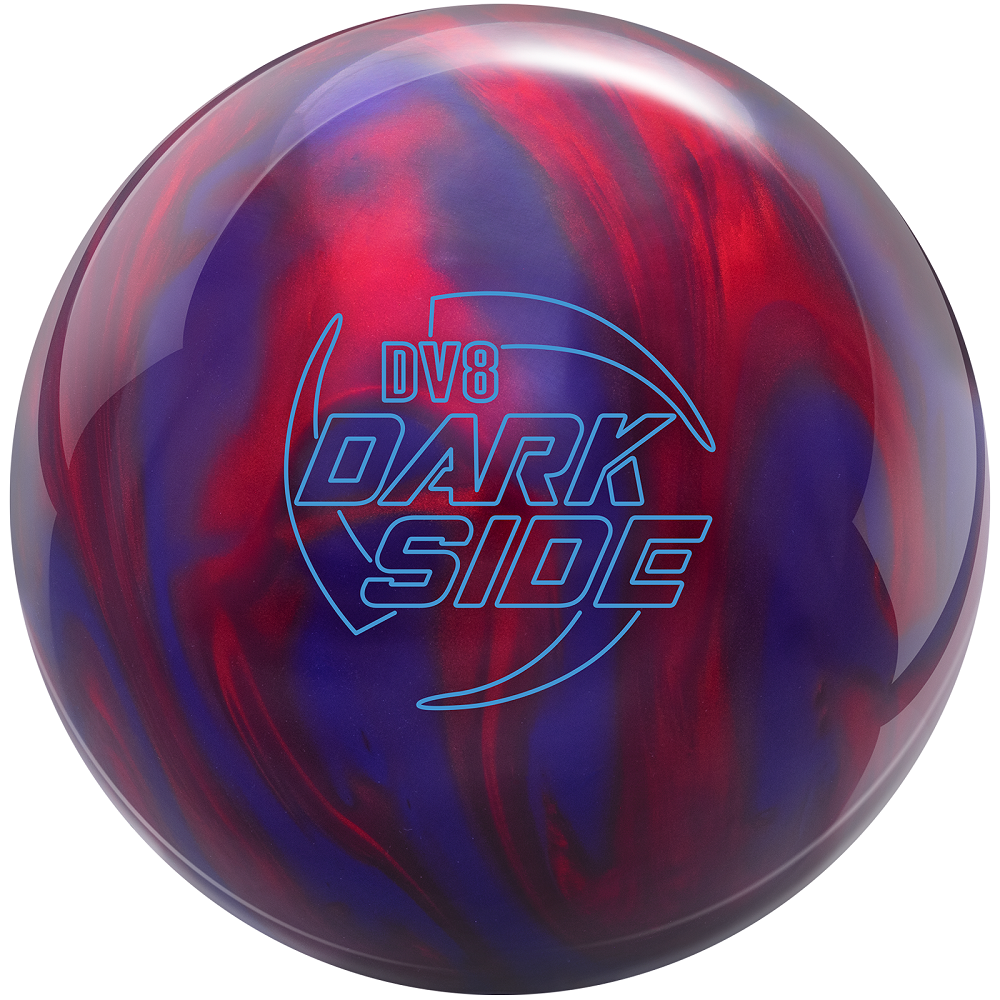
Grip and Finger Fit for Comfort and Precision
A proper grip ensures comfortable handling and improves shot accuracy. Look for a ball drilled to fit your fingers and thumb. Consider working with a professional at a pro shop for custom drilling. A precise fit reduces strain and enhances your control over the ball’s release. Always prioritize comfort when choosing your grip style.
Bowling Ball Hook Potential Explained
Hook potential determines how much the ball curves. Reactive resin balls typically have a higher hook potential. Balls with low hook are ideal for straight shots and new bowlers. Evaluate your bowling style and lane conditions to decide the level of hook potential needed. A ball with the right hook can greatly improve your scoring.
Budgeting: Finding the Right Ball Within Your Price Range
Bowling balls vary widely in cost. Beginner-friendly options are usually affordable, around $50 to $100. Mid-tier balls for intermediate players are priced between $100 and $200. High-performance balls can go up to $300 or more. Balance your budget with the features and performance you need. Remember to factor in additional costs like custom drilling and accessories.
Types of Bowling Balls
Understanding the types of bowling balls is crucial for improving your game. Each type serves specific needs and lane conditions. Below, we break down the main types and their key features.
Reactive Resin Bowling Balls
Reactive resin balls offer exceptional hook potential. They are ideal for oily lane conditions. The coverstock provides excellent grip, enhancing overall control. Advanced players benefit most from this option due to its dynamic movement. However, reactive resin balls can be costly and require regular maintenance. If you focus on performance, this is a great choice.
Plastic or Polyester Bowling Balls
Plastic, or polyester balls, are best for beginners. They are affordable and allow for straight shots. These balls have low hook potential, making them great for spare shooting. They perform well on dry lanes but lack traction in oily conditions. If you’re new to the sport, a plastic ball is a practical starting point.
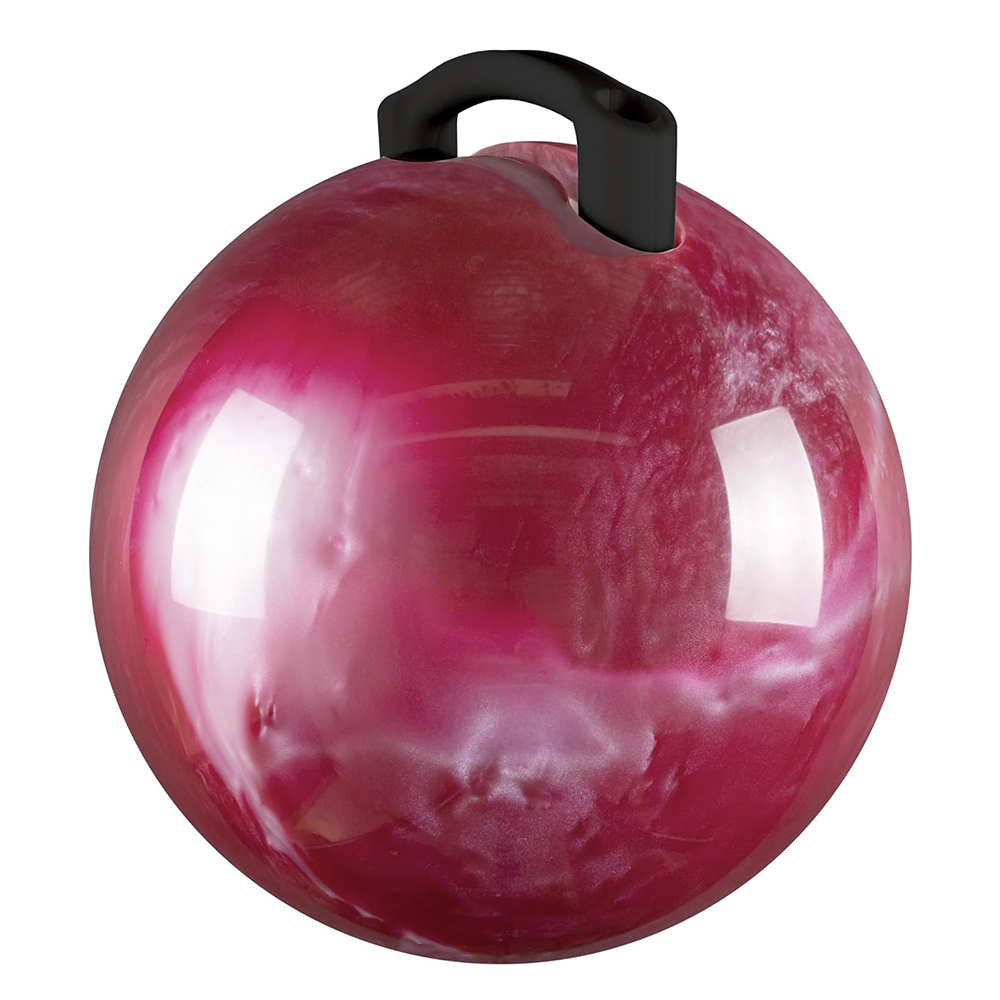
Urethane Bowling Balls
Urethane balls strike a balance between control and performance. Their coverstock increases durability and hook potential. Urethane works well on medium to dry lanes. This type is perfect for intermediate bowlers who want consistent control. It’s also a good choice for players who prefer versatility.
Specialized Balls for Specific Lanes (Oil and Dry Conditions)
Some balls are designed specifically for certain lane conditions. For oily lanes, choose a ball with enhanced grip and high hook potential. For dry lanes, opt for a ball made of plastic or a lighter urethane. Knowing the lane conditions at your bowling alley helps you pick the best bowling ball for maximum performance. Specialized choices can improve scoring and accuracy.
Customization and Drilling
Tailoring your bowling ball is vital for improving your performance. Customization ensures comfort and precision during gameplay. Proper ball drilling allows for better control and enhances your success on the lanes.
Importance of Professional Fitting
Professional fitting ensures your bowling ball matches your hand size and grip style. It improves accuracy and reduces strain. A pro shop expert can measure your hand and suggest the best drilling pattern. Custom fit balls minimize discomfort and optimize your release technique. Always prioritize professional fitting to play at your best.
Tips for Choosing a Pro Shop
Select a pro shop specializing in bowling equipment. Look for experienced technicians and customer reviews. Check if they offer a range of customization options. A good shop will explain the benefits of different drilling styles. Visit a shop with a strong reputation to guarantee quality fittings.
Full vs. Semi-fingertip Drilling Styles
Drilling style affects your grip and ball control. Full-fingertip drilling maximizes grip and hook potential. It’s ideal for advanced players seeking dynamic motion. Semi-fingertip drilling offers traditional control and is suitable for beginners. Consider your skill level and comfort when choosing a drilling style. Discuss options with your pro shop technician to find the perfect fit.

Maintenance of a Bowling Ball
Taking care of your bowling ball maintains performance and extends its life. With proper maintenance, you can ensure consistent results on the lanes. Below are essential practices for cleaning, resurfacing, and storing.
Cleaning Your Ball to Preserve Performance
Regular cleaning removes dirt and oil that can affect your ball’s reaction. Use a ball cleaner after every session to wipe off residue. Apply the cleaner with a microfiber cloth for better results. Avoid harsh chemicals that may damage the coverstock. Cleaning ensures the ball maintains grip and hook potential.
How Often to Resurface or Polish
Resurfacing restores the ball’s original texture and lane interaction. Do this every 60-100 games if you bowl often. Polishing enhances smoothness for dry lanes or faster reactions. Use products recommended by your ball’s manufacturer. Resurfacing and polishing help preserve hook potential and improve performance.
Tips for Storing Your Bowling Ball Properly
Store your ball at room temperature to prevent cracking. Avoid extreme heat or cold. Use a padded bag or box to protect it from scratches. Keep the ball away from direct sunlight. Regularly rotate its position to prevent flat spots. Proper storage keeps the ball in top condition for your next game.
Top Bowling Ball Brands to Explore
Choosing the right bowling ball brand can greatly improve your game. Reputable brands offer quality and unique features. Below, explore some of the most popular bowling ball manufacturers and their offerings.
Overview of Popular Manufacturers
- Storm: Known for advanced technology and excellent performance. Storm balls are great for all skill levels. Their coverstocks suit various lane conditions, offering versatility.
- Brunswick: A reputable brand with a wide range of options. They provide durable balls catering to both beginners and pros. Brunswick excels in balancing performance and reliability.
- Hammer: Specializes in high-performance balls. Hammer’s products are ideal for bowlers seeking maximum hook potential. Their vibrant designs add appeal.
- Motiv: Recognized for innovative cores and coverstocks. Motiv balls provide controlled motions and are perfect for consistent gameplay.
- Ebonite: Offers a mix of performance, affordability, and style. Their variety makes them ideal for both casual and competitive players. Ebonite emphasizes control and smooth motion.
- Roto Grip: Famous for versatility and tournament-ready designs. Their balls suit bowlers who value precision and advanced hooking capabilities.
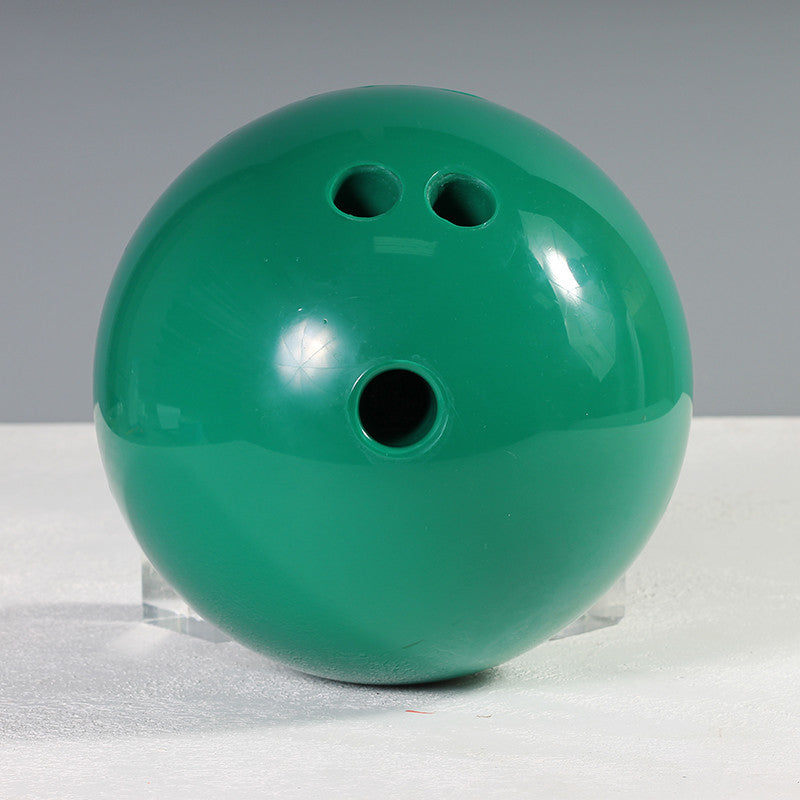
Recommendations for Beginners, Intermediate, and Pro Bowlers
- Beginners:
- Choose brands like Brunswick or Ebonite for affordable and easy-to-control options.
- Balls such as Brunswick Rhino or Ebonite Maxim are suitable for straight shots and fundamental skills.
- Intermediate Players:
- Go for brands like Storm or Hammer. These offer balanced performance and moderate hook potential.
- Consider Storm Tropical or Hammer Raw for added hooking capabilities and durability.
- Professional Bowlers:
- Opt for high-performance brands like Motiv, Roto Grip, or Storm.
- Balls like Motiv Venom Shock or Roto Grip Idol are excellent for tournaments and complex lane conditions.
Explore these brands based on your skill level and needs. Investing in a quality ball ensures better control, improved scoring, and greater satisfaction on the lanes.
FAQs About Bowling Balls
How to Know When to Replace Your Bowling Ball
A best bowling ball may need replacement for several reasons. If the ball has deep scratches or cracks, its performance could be compromised. Over time, the coverstock wears out and affects hook potential and lane grip. If it no longer reacts as expected, resurfacing or replacing might help. For frequent bowlers, replacing every 5-10 years ensures consistent performance. Keep an eye on visible wear or declining results.
Can You Use a House Ball or Should You Invest in Your Own?
House balls are great for beginners, but they have limitations. They are not custom-fitted, which can affect comfort and accuracy. Additionally, most house balls are plastic, limiting hook potential and adaptability. Investing in your own ball, tailored to your grip and skill level, enhances performance. Personal best bowling balls also offer better durability and improved control over shots. If you bowl regularly, your own ball is a better long-term choice.
What Makes a Ball Suitable for Tournament Use?
Tournament balls should match lane conditions and personal bowling styles. A reactive resin ball is often ideal for its high hook potential on oily lanes. The ball’s weight, grip, and drilling style should align with your regular play. Professional fitting ensures precise control and reduced strain. Maintenance is also key—keep the ball clean and ready for consistent results in competitive settings. Always test tournament balls during practice to ensure top performance.
Understanding Lane Conditions
Assessing Oil Patterns
Bowling lanes are treated with oil to help manage wear and provide the right amount of grip for the ball. Understanding how to read and adapt to oil patterns will greatly influence your performance.
- Types of Oil Patterns: Learn about common oil patterns—such as house shots (which are more forgiving for beginners) and sport patterns (which challenge skilled bowlers). Each pattern alters the lane’s friction and affects how your ball interacts with the surface, so adjust your speed, release, and angle accordingly.
- Real-Time Adaptation: Keep an eye on how the lanes change during play. Even with lane conditions designed for high scores, as players bowl, the oil can shift, leading to less friction in certain areas. Adapt your strategy by realigning your target or adjusting your approach based on these shifts.
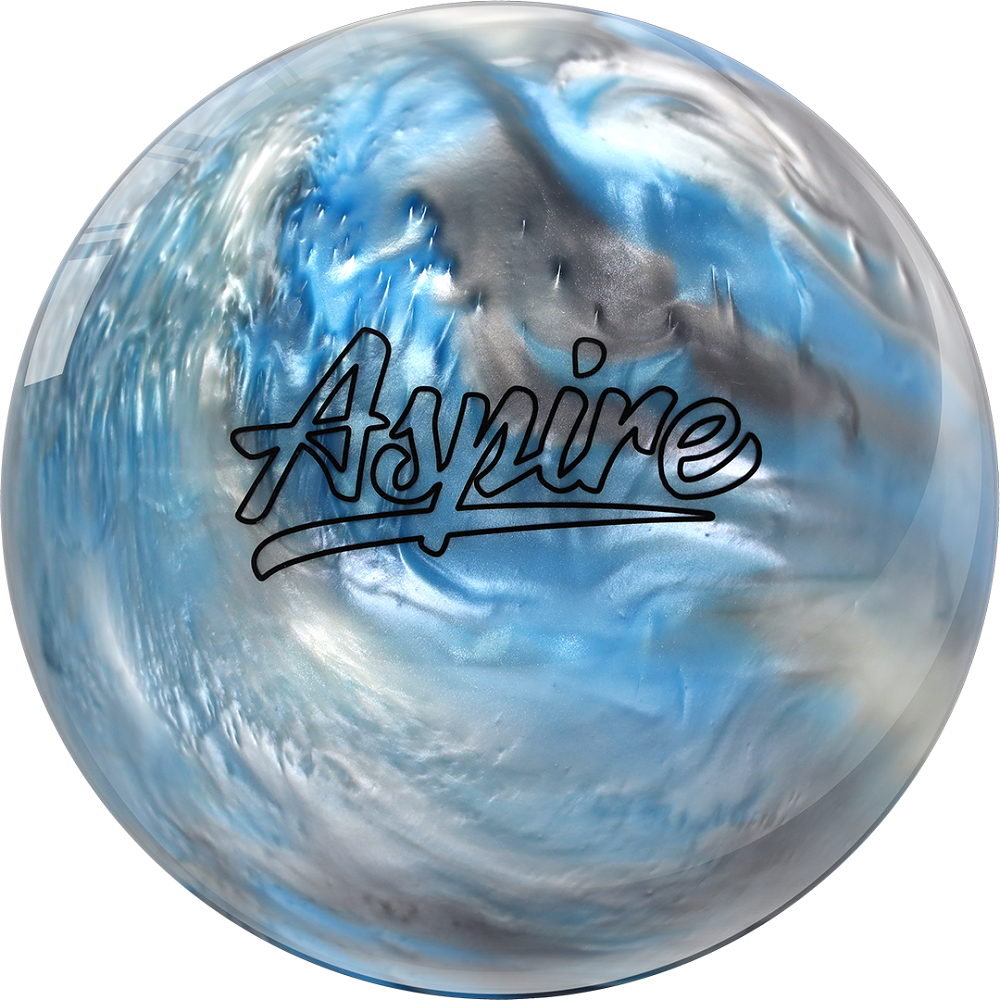
Experimenting with Ball Resin Types
As mentioned earlier, different bowling balls possess unique chemical compositions that affect their reactions on various lane conditions. Familiarizing yourself with these differences can significantly enhance your game.
- Reactive vs. Non-Reactive: Understanding how reactive resin balls grip the lane versus urethane balls will help you decide which ball to use based on the lane conditions. Reactive resin balls are typically better suited for oily lanes, while urethane balls excel on drier surfaces.
- Ball Rotation and Speed: Experiment with different releases and rotations. Faster ball speeds may help in cutting through oil, while slower speeds might give you better control on drier lanes. Observing how different materials respond can make you more adaptable to changing conditions.
Conclusion: Elevating Your Bowling Experience
Committing to Improvement
Choosing the right bowling ball is just the beginning of your journey toward becoming a better bowler. By combining knowledge of the equipment with an understanding of bowling techniques and lane conditions, you can take significant strides towards improving your skills. Commitment to practice and refining your approach will yield benefits in performance and enjoyment alike.
Embracing the Bowling Community
Bowling is more than just a game; it’s a community. Join local leagues, attend workshops, and engage with fellow bowlers who share your passion. Learning from others and celebrating your progress with a supportive community magnifies the enjoyment and fulfillment associated with the sport.
Continuing the Journey
As you gain experience and familiarity with your equipment, remember that every bowler’s journey is unique. Challenges will arise, but embracing them as learning opportunities can lead to significant personal growth. Track your progress, stay curious, and remain open to new techniques and strategies. The world of bowling is filled with complexities, but with patience and persistence, any bowler can become more effective and confident.
Your Bowling Adventure Awaits
With your newfound understanding of how to choose and care for your best bowling ball, along with tips on improving your technique, you are well-equipped to embark on exciting bowling adventures. Take the lessons learned here and apply them to your next outing, discovering the joy of bowling and the victories that come with each effort. Step onto the lanes with confidence, and let each roll take you closer to your goals and dreams in this rewarding sport. Happy bowling!
